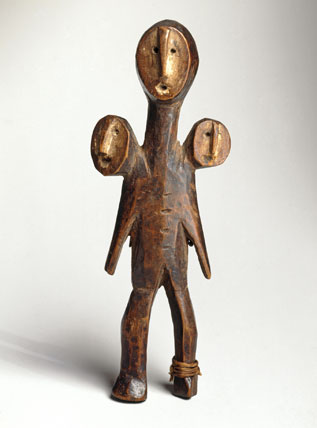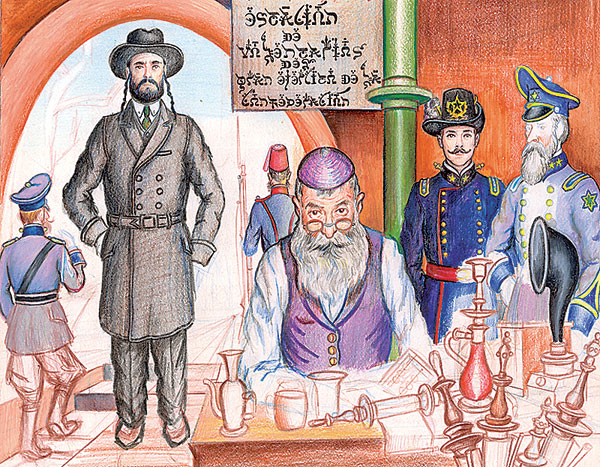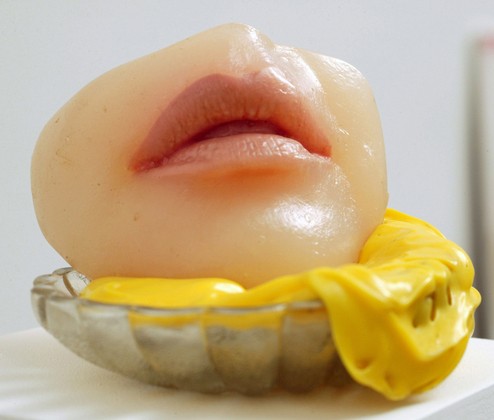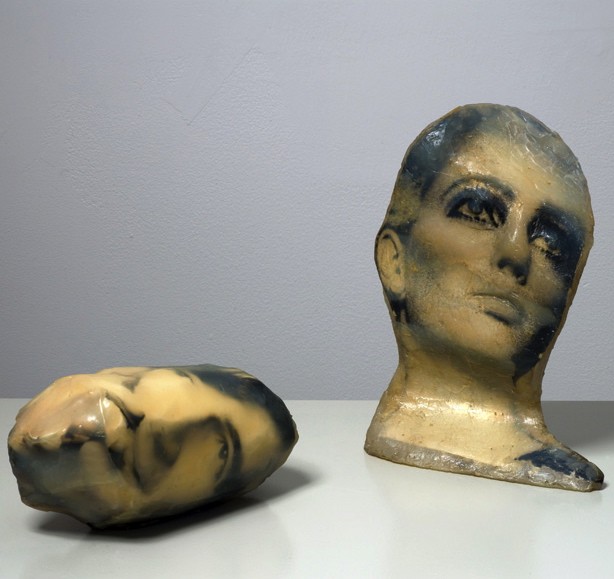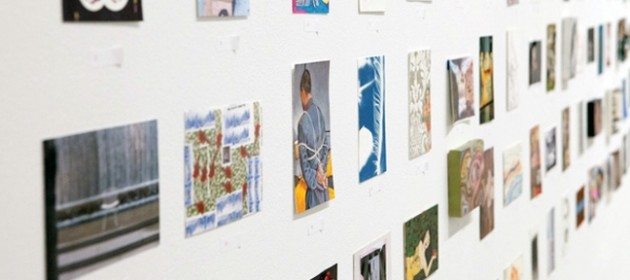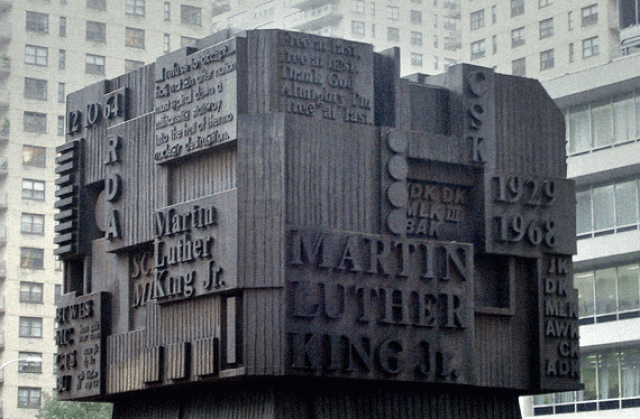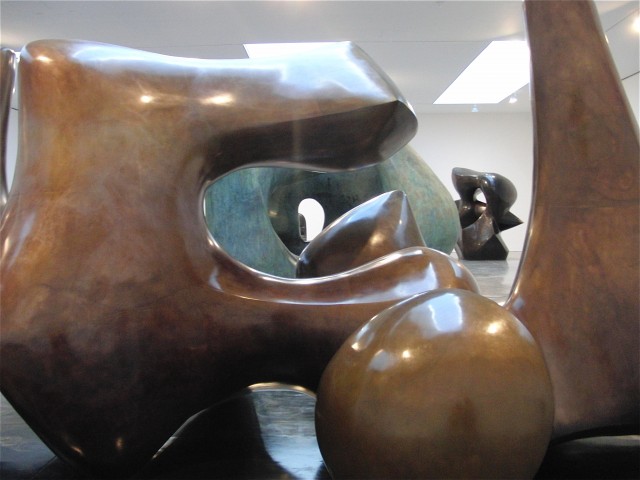
Gensler & WSP Flack + Kurtz’s “CAN’s Best Friend” joins the fight against hunger at the World Financial Center (photo by twi-ny/mdr)
World Financial Center Winter Garden
200 Vesey St.
Through February 10, free, 10:00 am – 6:00 pm
212-945-0505
www.worldfinancialcenter.com
www.sdanyc.org/canstruction
canstruction 2013 slideshow
Sponsored by the Society for Design Administration, the annual Canstruction competition believes that “one can make a difference.” The twentieth anniversary of the charity event — visitors are asked to bring a can of high-quality, nonperishable food to donate, although it is not required — was delayed because of Hurricane Sandy, but it has now settled into the World Financial Center, where it will continue through February 11. This year there are two dozen entries fighting it out for such awards as Juror’s Favorite, Structural Integrity, Best Meal, Best Use of Labels, and the Cheri Award, named in honor of Canstruction founder Cheri Melillo, who passed away in 2009 at the age of sixty. Nearly 74,000 pounds of food were collected last year, resulting in an equal number of meals for hungry New Yorkers; the competition now takes place in more than one hundred cities around the world and has raised more than fifteen million pounds of food since it first began in 1992. Among the stand-outs at this year’s Canstruction — all of which are built in a single night using as many as four thousand cans and are best seen through a camera lens to get the full effect — are Severud Associates Consulting Engineers’ “CAN You Check Mate Hunger?,” three chess pieces that suggest taking “a tactical approach to fighting hunger”; WJE Engineers & Architects’ “New York Breakfast,” a giant Anthora coffee cup; DeSimone Consulting Engineers’ “Candroid,” a green android whose mission statement includes the Jimmy Carter quote “We know that a peaceful world cannot long exist one-third rich and two-thirds hungry”; Gensler & WSP Flack + Kurtz’s “CAN’s Best Friend,” a Jeff Koons-like large balloon dog made of cans of crabmeat and organic vegetables; Gilsanz Murray Steficek’s “If You Believe, They Put a CAN on the Moon,” a rocket and crescent moon that explains, “It’s one small step for a CAN, one giant leap against Hunger”; and the MTA’s “Can You Dig It?,” a construction worker helping build the Second Avenue subway. But the runaway star — and our choice to win big when the awards are announced on February 4 — is Leslie E. Robertson Associates’ “Topping Hunger,” a spinning top that seems to defy gravity. “In a world where hunger is seemingly spinning out of control,” its mission statement declares, “it is time to take a stand.”
